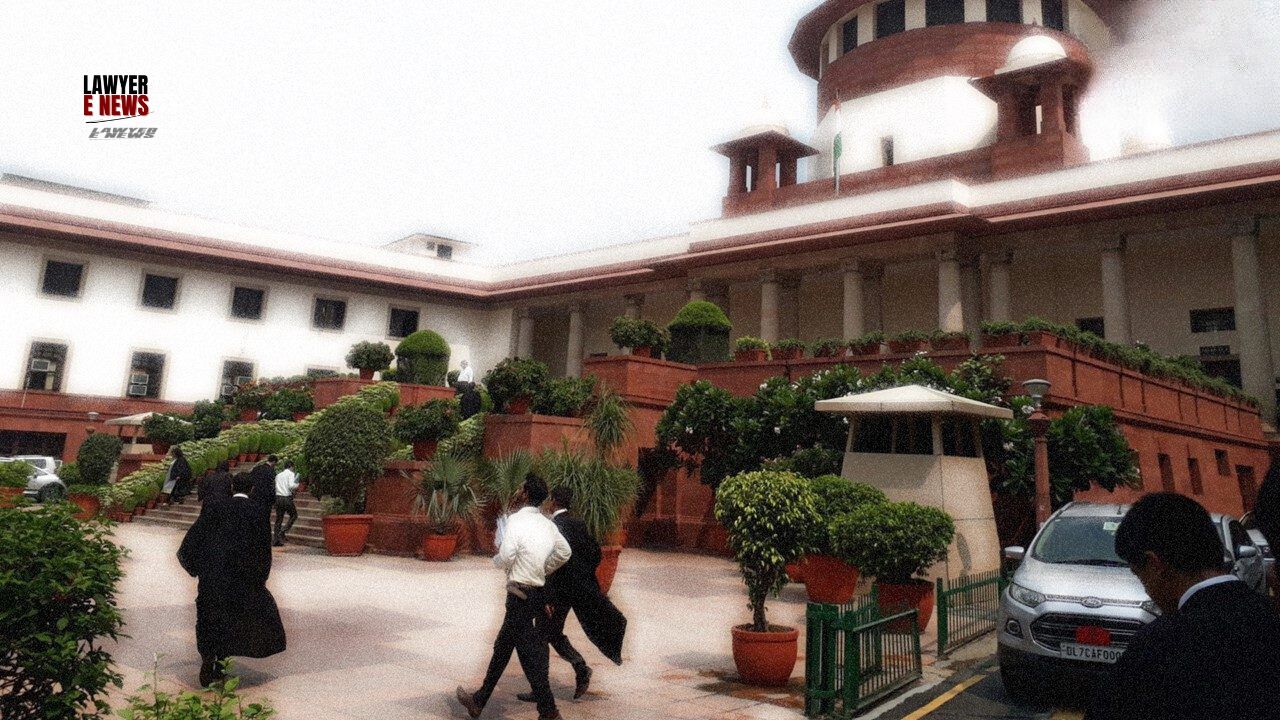-
by Admin
17 December 2025 8:55 AM



“Once the relief of declaration is barred by limitation, ancillary reliefs must fall—courts cannot entertain such suits by creating artificial distinctions”, ruled the Supreme Court of India, while setting aside a Gujarat High Court order that had revived a civil suit challenging a Will and codicil on the ground of alleged fraud and lack of knowledge. The bench, led by Justice Pankaj Mithal in Nikhila Divyang Mehta & Anr. vs. Hitesh P. Sanghvi & Ors., held that the suit, having been filed more than three years after the plaintiff admitted knowledge of the testamentary documents, was clearly barred under Article 58 of the Limitation Act.
This ruling restores the rejection of the plaint under Order VII Rule 11(d) of the Civil Procedure Code and marks a stern reiteration that “courts cannot ignore the mandate of Section 3 of the Limitation Act merely to allow a trial when the bar of limitation is apparent from the plaint itself.”
“The plaintiff had complete knowledge in November 2014; yet the suit was filed in November 2017—this delay is fatal”
The dispute arose when the plaintiff—son of the deceased Pramod Sanghavi—challenged his father’s Will dated 04.02.2014 and Codicil dated 20.09.2014, alleging that they were invalid and had been executed under suspicious circumstances. He filed the suit on 21.11.2017 seeking a declaration of nullity and an injunction to prevent the defendants from acting upon the said documents.
According to the plaint, the father died on 21.10.2014, and the plaintiff had learned of the Will and Codicil in the first week of November 2014. Yet, the plaintiff waited more than three years to approach the court. The trial court rejected the suit outright for being time-barred, but the High Court revived it on the grounds that the plaintiff needed “full knowledge” of the contents and execution of the Will.
Rejecting this rationale, the Supreme Court held that:
“Such an interpretation defeats the plain language of Article 58. Limitation starts from the moment the right to sue accrues—not when the plaintiff becomes fully aware of every fact.”
“Section 3 of the Limitation Act obliges the court to dismiss a suit filed beyond time—even if limitation is not pleaded as a defence”
The bench emphasized that a court’s duty to apply limitation laws arises even suo motu:
“It is obligatory upon the court to dismiss the suit if it is, on the face of it, barred by limitation.”
Referring to the precedent in K.K. Velusamy v. N. Palanisamy, the Court clarified that when limitation is evident from the pleadings, no amount of oral evidence or discovery can cure it:
“The issue is purely an issue of fact, and in the admitted facts as per the plaint, allegations stand concluded for which no evidence is needed.”
It observed further that allowing ancillary reliefs like injunctions or restoration of possession when the core relief of declaration is time-barred would be legally untenable: “Once the plaint or the suit in respect of the main relief stands barred by time, the other ancillary relief claimed therein also falls down.”
“The court must guard against parties who seek to bypass clear legal bars through creative pleadings”
This ruling also sends a caution to litigants attempting to revive stale claims by artfully drafting around limitation laws: “Plaint averments themselves show that the cause of action had clearly arisen more than three years before the suit was instituted—therefore, the High Court erred in interfering with the trial court’s order of rejection.”
Accordingly, the Supreme Court restored the trial court’s rejection of the plaint under Order VII Rule 11(d) CPC and set aside the impugned judgment of the High Court dated 8 February 2024.
Date of Decision: 15 April 2025
